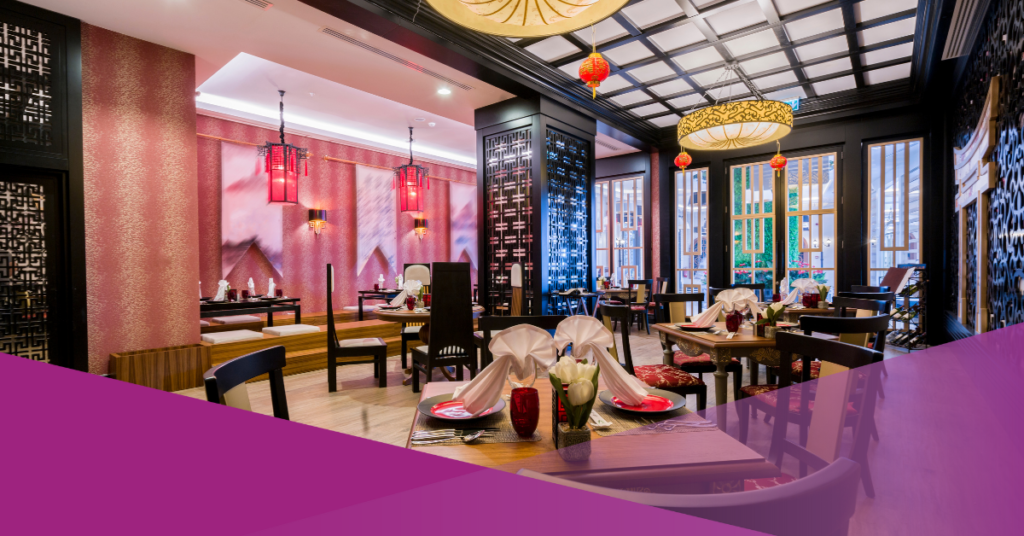Ramadan, the ninth month of the Islamic lunar calendar, is a sacred time for Muslims worldwide. It is a period of fasting, prayer, reflection, and community, with significant emphasis placed on meals for both suhoor and iftar during Ramadan. Central to the observance of Ramadan is the tradition of fasting from dawn until sunset, where Muslims abstain from food and drink.
However, the pre-dawn meal (suhoor) and the evening feast (iftar) become much-anticipated moments for families and communities to gather and break their fast together. Let’s explore some of the most popular dishes that grace Indonesian tables during Ramadan 2024.
Bubur Kanji Rumbi (Aceh)

The base is a creamy rice porridge, but what truly sets it apart is the generous use of spices and vegetables. Expect to find ingredients like shrimp, potatoes, carrots, and sometimes even chicken. Bubur Kanji Rumbi, served during Ramadan, is a perfect starter break for a fast meal to boost your energy.
For generations, Bubur Kanji Rumbi has been a cornerstone of Acehnese cuisine, especially during the holy month of Ramadan. It’s a comforting dish menu for Indonesians, perfect for soothing the stomach after a long day of fasting.
Putu Mangkok (Riau Islands)

Putu Mangkok is a culinary delight specifically associated with the Ramadan season in the Riau Islands, Indonesia. While its name might sound similar to Putu Ayu, a popular steamed cake throughout Indonesia, Putu Mangkok offers a unique taste and texture with the main ingredients rice flour, coconut milk, and palm sugar.
Unlike Putu Ayu, which is known for its sweetness, Putu Mangkok offers a contrasting flavour profile. It combines sweet and savoury elements, creating a more complex taste experience throughout Ramadan.
Similar to Putu Ayu, Putu Mangkok is a steamed cake. This method of cooking keeps the cake moist and fluffy. The “mangkok” (bowl) in the name likely refers to the mold in which the cake is steamed.
This specific mold might contribute to Putu Mangkok’s distinct shape or texture compared to Putu Ayu.
Ketan Bintul (Banten)

Ketan Binul is one of the popular iftar dishes during Ramadan in Indonesia. It is a unique and flavorful dessert originating from the Banten province in Indonesia. It features sticky rice (ketan) as its base, complemented by a fragrant topping called serundeng.
Serundeng is made from grated coconut that’s been stir-fried with spices until golden brown and aromatic. The sticky rice offers a pleasant chewiness, while the serundeng adds a savoury and slightly sweet touch. Some variety fillings might include additional toppings like sugar or cinnamon for a touch of extra sweetness. You can find it at traditional markets or speciality stores, often presented in delightful little snacks wrapped in banana leaves.
Mie Glosor (Bogor)

Mi Glosor, literally translated to “slipper noodles,” is a speciality noodle dish from Bogor, a city nestled in the mountains of West Java, Indonesia.
While the name might be intriguing, it doesn’t refer to the texture of the noodles themselves. Instead, it’s believed to originate from the way the dish is traditionally served – on a large, flat plate resembling a slipper.
Mi Glosor is particularly popular during the holy month of Ramadan Indonesia, serving as a satisfying and filling meal for breaking the fast.
The rich broth provides sustained energy for meals for both suhoor and iftar, while the vegetables add a welcome dose of freshness. Many Bogor residents enjoy Mi Glosor with additional side dishes like fried wontons or spring rolls for an even more substantial meal.
Tips for Expats to Savor Ramadan Delights
Ramadan is a time for community, reflection, and of course, delicious food! As an expat, here are some tips to help you fully experience the culinary delights of Ramadan:
Join Public Iftar
Many mosques and community centres host public Iftars (the evening meal after sunset). This is a fantastic way to try a variety of dishes and experience the communal spirit of Ramadan.
Dine with Local Friends
If you’ve made local friends, ask if you can join their Iftar table. It’s a great opportunity to learn about their Ramadan traditions and favourite dishes.
Explore Ramadan Markets
Many cities have special Ramadan night markets where vendors sell Suhoor (pre-dawn meal) specialties. Explore these markets to find unique dishes and grab some tasty treats.
Be Respectful
While some cultures may allow discreet daytime eating during Ramadan, it’s generally best to avoid eating or drinking in public during fasting hours. Some restaurants may have special Ramadan menus or hours. Be mindful of the atmosphere and avoid being overly loud or boisterous.
Breaking Fast, Strengthening Bonds: The Significance of Iftar in Ramadan
Ramadan is a time of spiritual reflection, self-discipline, and community bonding for Muslims around the world. The iftar meal, with its diverse array of dishes and flavours, plays a central role in this month-long observance.
From traditional favourites like dates and lentil soup to more elaborate dishes like biryanis and kebabs, the iftar table is a testament to the rich culinary heritage of Muslim cultures.
As families and communities come together to break their fast each evening, they not only nourish their bodies but also their souls, strengthening bonds and fostering a sense of unity that transcends borders and differences.
















































